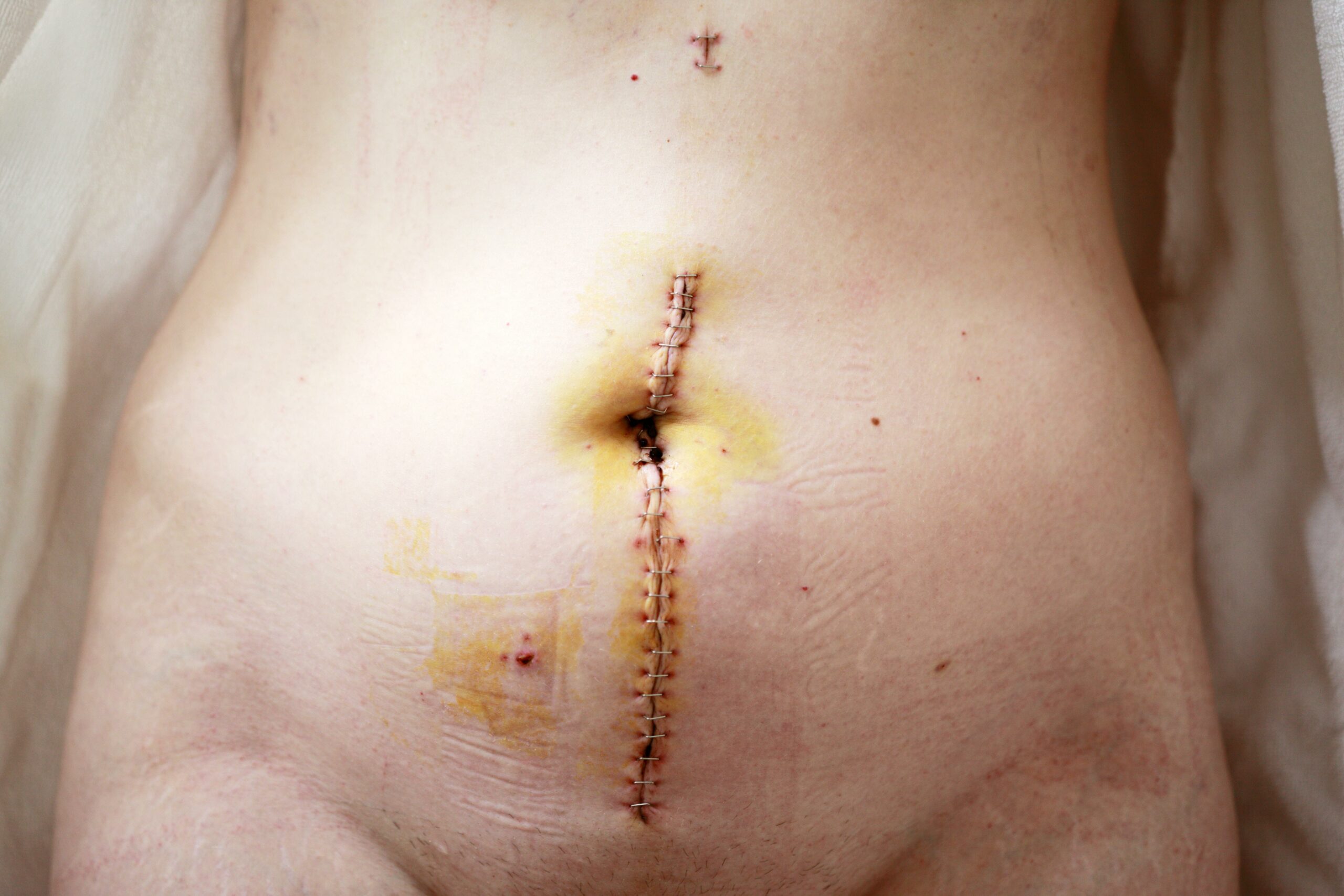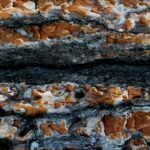Are you tired of searching high and low for reliable information about scar classification types? Look no further! In this comprehensive guide, we will dive deep into the world of scars and explore the different classification types that exist. As a seasoned dermatology specialist with years of experience in scar treatment and management, I am thrilled to share my expertise with you. Whether you struggle with hypertrophic scars, keloids, atrophic scars, or contracture scars, this article will equip you with the knowledge you need to understand their distinct characteristics, underlying causes, and effective treatment options. Say goodbye to confusion and hello to informed decisions on your scar healing journey.

Scar Classification Types
Scars, the marks that appear on the skin after a wound has healed, come in various types. Understanding these distinct scar classification types is essential for choosing the most effective treatment options. In this comprehensive guide, we will delve into the different types of scars, their characteristics, underlying causes, and recommended treatments.
Keloid Scars: Beyond the Boundaries
Keloid scars, one of the most recognizable scar types, extend beyond the original wound area. These raised scars are caused by excessive collagen production during the healing process. Often larger than the initial injury, keloids can be itchy, painful, and may have a smooth or lumpy texture. Proper classification of keloid scars is crucial as it helps determine suitable treatment options.
- Treatment Options for Keloid Scars:
- Laser therapy: Utilizing concentrated light, laser therapy reduces the size and redness of keloids. It works by breaking down excess collagen.
- Corticosteroid injections: Injecting corticosteroids into the keloid helps flatten and reduce inflammation.
- Surgical removal: In some cases, surgically removing the keloid may be necessary, followed by other treatments to prevent recurrence.
“Keloid scars may extend beyond the boundaries of the original wound, causing discomfort and self-consciousness. However, with the right treatment approach, the appearance of keloids can be diminished, improving both physical and emotional well-being.”
Contracture Scars: Tight and Shrinking
Contracture scars occur when the skin tightens and shrinks, usually due to significant tissue loss from burn injuries. These scars can restrict movement or cause deformity by pulling the edges of the wounded area closer. Identifying contracture scars allows medical professionals to recommend appropriate treatments.
- Treatment Options for Contracture Scars:
- Skin grafting: This procedure involves removing healthy skin from another area of the body and transplanting it onto the scarred area. It helps to minimize the tightness and increase range of motion.
- Physical therapy: Stretching exercises and mobility techniques can prevent contracture scars from worsening and improve flexibility.
“Contracture scars, often resulting from burn injuries, can impede movement and impact overall quality of life. With the right treatment, these scars can be effectively managed, relieving physical discomfort and enhancing mobility.”
Hypertrophic Scars: Raised, But Confined
Similar to keloid scars, hypertrophic scars are raised and result from excess collagen production. However, what sets them apart is that they stay within the boundaries of the original wound area. These scars are generally red and can be itchy or painful. Proper classification of hypertrophic scars is important as it determines the appropriate treatment approach.
- Treatment Options for Hypertrophic Scars:
- Silicone gel or sheets: Applying silicone products to hypertrophic scars helps soften the tissue, flatten the scar, and reduce redness.
- Cryotherapy: Freezing the scar with liquid nitrogen shrinks the scar tissue and reduces its prominence.
- Compression therapy: Wearing pressure garments helps flatten hypertrophic scars and prevents them from thickening.
“Hypertrophic scars can cause self-consciousness and discomfort, but they can be addressed effectively with various treatment options. With the right approach, these scars can be minimized, improving both appearance and well-being.”
Atrophic Scars: Sunken and Indented
Atrophic scars occur when the skin forms indentations or depressions due to the loss of underlying tissue. Often associated with acne or chickenpox, these scars can negatively impact self-esteem. Proper classification of atrophic scars allows medical professionals to recommend appropriate treatment options.
- Treatment Options for Atrophic Scars:
- Dermal fillers: Injecting dermal fillers into the scarred area helps elevate and smooth out the skin, reducing the appearance of atrophic scars.
- Microdermabrasion: This procedure involves removing the outer layer of the skin, promoting the growth of new, healthy skin cells and improving the appearance of atrophic scars.
- Chemical peels: Applying a chemical solution to the skin exfoliates the damaged layers and stimulates collagen production, reducing the visibility of atrophic scars.
“Atrophic scars, with their sunken and indented appearance, can be emotionally distressing for individuals. However, a range of effective treatment options can help restore smoother, healthier-looking skin, boosting self-confidence.”
Flat Scars: Fading Away
Flat scars, as their name suggests, start off slightly raised but flatten out over time. Unlike keloid or hypertrophic scars, they do not have excess collagen production or tissue loss. Flat scars generally fade and become less noticeable over an extended period. Proper classification of flat scars allows for adequate monitoring and reassurance regarding their natural fading process.
- No specific treatment is usually required for flat scars; however, there are some common scar management techniques that can benefit the overall healing process, including:
- Moisturizing the skin with scar-specific creams or ointments to improve the scar’s texture and appearance.
- Protecting scars from sun exposure with clothing or sunscreen is essential, as sun damage can hinder scar healing.
“Flat scars, with time, tend to gradually fade away and become less prominent. With proper scar management practices, individuals can support the natural healing process, promoting healthier skin over time.”
Conclusion
Understanding scar classification types is key to effectively addressing and treating scars. By identifying the distinct characteristics and underlying causes of each scar type, medical professionals can recommend suitable treatment options, empowering individuals to make informed decisions about their scar healing journeys. Whether it is a keloid, contracture, hypertrophic, atrophic, or flat scar, no scar should impede one’s physical and emotional well-being. With advancements in scar management techniques and expertise in the field, medical professionals can confidently guide individuals toward achieving improved scar healing outcomes.
Types Of Scars Types Of Scars are often a source of concern and can significantly impact one’s self-confidence. Whether you have acne scars, surgical scars, or stretch marks, it’s crucial to understand the different types and learn how to effectively treat them. By clicking the link, you’ll uncover a comprehensive guide that explores everything from atrophic scars to hypertrophic scars, helping you gain valuable insights into their causes and potential solutions. Don’t miss out on the opportunity to discover the best methods for minimizing the appearance of scars and embracing your beautiful, radiant skin once again.
FAQ
Question 1
What are the different types of scars based on scar classification?
Answer 1
There are several types of scars based on scar classification, including keloid scars, contracture scars, hypertrophic scars, atrophic scars, and flat scars.
Question 2
What are keloid scars?
Answer 2
Keloid scars are raised and spread beyond the original wound area due to excessive collagen production.
Question 3
What are contracture scars?
Answer 3
Contracture scars are tight and cause the skin to shrink, often after a burn injury that causes significant tissue loss.
Question 4
What are hypertrophic scars?
Answer 4
Hypertrophic scars are also raised but stay within the original wound area, due to excessive collagen production.
Question 5
What are atrophic scars?
Answer 5
Atrophic scars are sunken and cause the skin to indent, often after acne or chickenpox.
- China II Review: Delicious Food & Speedy Service - April 17, 2025
- Understand Virginia’s Flag: History & Debate - April 17, 2025
- Explore Long Island’s Map: Unique Regions & Insights - April 17, 2025
















